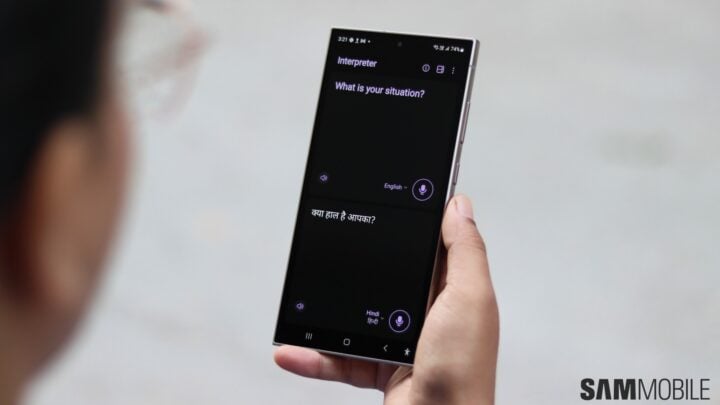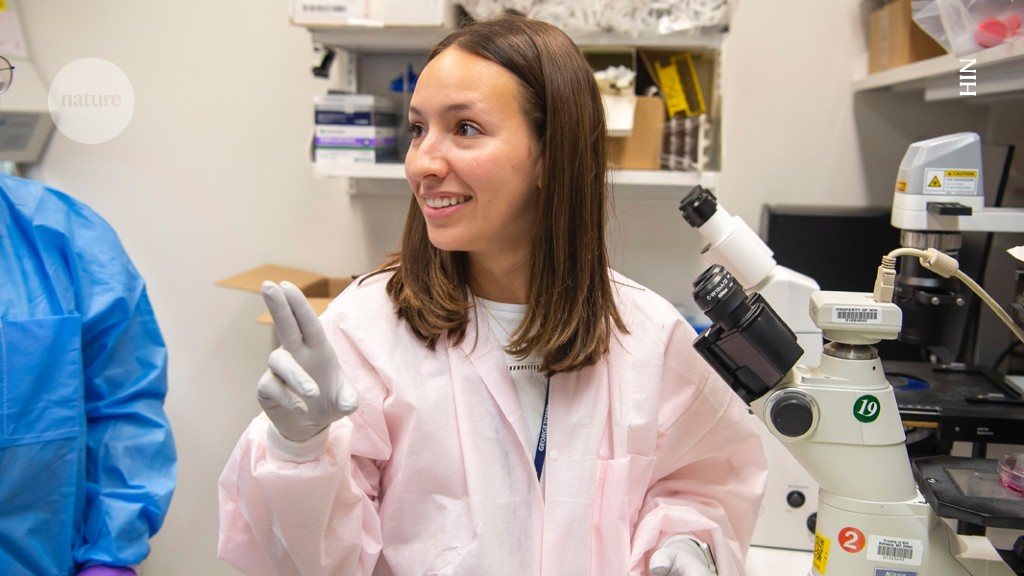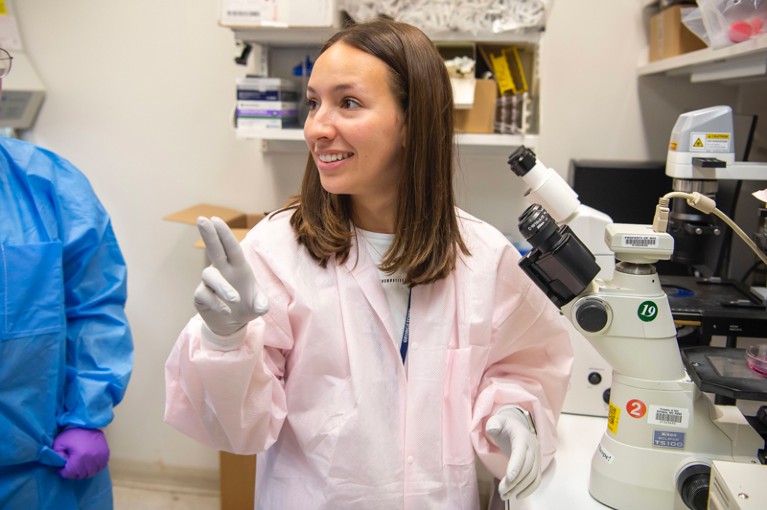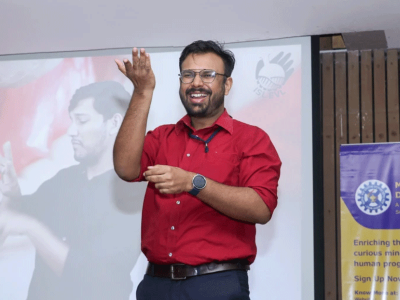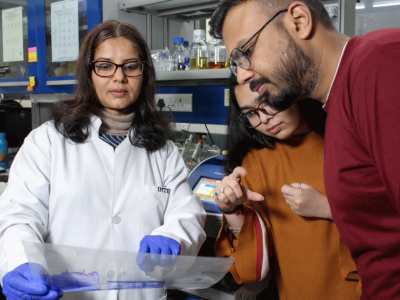[ad_1]
Many academics grapple with caregiving responsibilities, and yet they are not always given the support that they need — even when doing so could address long-standing gender, racial and ethnic biases in science, technology, engineering, mathematics and medicine (STEMM). Such are the conclusions of the report Supporting Family Caregivers in STEMM: A Call to Action, released last month by the US National Academies of Sciences, Engineering, and Medicine. The report provides a road map for institutions and individuals aiming to better support academics who are looking after children, family members or friends.
An uneven burden
Elena Fuentes-Afflick, a perinatal epidemiologist at the University of California, San Francisco, who chaired the report committee, says that the group was motivated by high levels of attrition among carers in STEMM, particularly among women and especially women of colour, who have historically been more likely to assume caregiving roles. The report notes that Black, Asian and Hispanic carers are more likely to provide care for non-relatives or extended family members than are those in other groups.
Juggling scientific careers and family life
Research has shown that parenthood disproportionately affects the careers of women in STEMM1. Nearly half of new mothers (and one-quarter of new fathers) in STEMM reported leaving full-time employment after the birth of their first child2. Much less research touches on other forms of caregiving, including that for older people, spouses, dependent adults, extended family or non-relatives, and language in policies is often geared towards heterosexual couples with young children and can alienate those with other types of responsibility.
“Caregiving is a universal experience, whether one is a recipient or a giver,” Fuentes-Afflick says. “But as a country, we haven’t created an environment where all caregivers can thrive.”
Addressing this spectrum of needs will require buy-in across the entire academic ecosystem, the report argues, from federal agencies and funders to institutions and individual department heads and peers. The United States, for example, is one of 38 member countries of the Organisation for Economic Co-operation and Development — and is the only member without national, paid caregiving leave (the report suggests that a minimum of 12 weeks should be offered). Existing US federal and state policies that protect carers — such as the landmark federal civil-rights law Title IX, which bans sex-based discrimination in federally funded educational programmes, along with the Family Medical and Leave Act and the Pregnant Workers Fairness Act — are inconsistently applied.
“There are many best practices that exist right now that are firmly grounded in the law, and yet are not always adhered to,” Fuentes-Afflick says. For example, pregnancy-related discrimination is a violation of three federal laws, yet universities do not always follow them when making hiring and promotion decisions. “The first step is fully implementing all of the current laws.”
The report also highlights ways in which funders can offer support, such as by providing flexibility in the timing of grant eligibility and application due dates. Institutions in turn should appoint dedicated leaders to highlight resources — including paid leave; stop-the-clock tenure policies, in which candidates are given extra time before tenure evaluation to compensate for lost productivity owing to caregiving responsibilities; and free or subsidized childcare — in a centralized online repository, and to ensure that successful policies are made permanent. The report authors note that such resources exist at many universities, but they’re often not adequately advertised or funded, resulting in programmes that either are underutilized or have prohibitively long waiting lists. Although many of the report’s suggestions require financial buy-in, others, such as not scheduling meetings during school pick-up or drop-off times, require only discussions.
Improving conditions
Having frank conversations is essential to maintaining a diverse and competitive workforce, says Leonard Pace, a science-programme senior manager at the Schmidt Ocean Institute headquartered in Palo Alto, California. Pace has organized several conference sessions on caregiving. “Obviously, there’s an ethical incentive to support each other, but it also benefits us financially to retain experienced people,” he says.
The institute offers flexible working arrangements, paid parental leave and caregiving supplements for those conducting fieldwork — policies that Pace has used as a father and while providing care remotely for a parent with lung cancer. As the culture at his workplace shifts away from stigmatizing people with caregiving roles, Pace says, more people are using these resources.
Indeed, creating an environment in which carers can do their best work will require a broader shift away from the stigma attached to deviating from what the report calls the “ideal worker norm” — the idea that scientists should focus on their careers to the exclusion of all other aspects of life (see ‘Stepping up for carers’).
Several scientists who spoke to Nature expressed feeling shame when caregiving responsibilities pull them away from work. Some say that stigma kept them from seeking support. Sarah Bacon, a reproductive physiologist at Mount Holyoke College in South Hadley, Massachusetts, is both a parent and a carer for her mother, who has been hospitalized twice this year and now requires home care.
To fully support her, Bacon has pulled her work back to the bare minimum, teaching classes and holding virtual office hours — and has shared this with only a few key colleagues. “But in the afternoons, when I go to be with my mom, I know my office is dark, and I feel embarrassed,” she says. “Everybody works so hard, and it looks like I’m just slacking off.”
Bacon adds, however, that seeing her experience reflected in the testimonies of the 40 scientists interviewed in the report nearly brought her to tears. Similarly, Taghreed Al-Turki, a single mother and cell biologist at the University of North Carolina, Chapel Hill, says that after reading the report, “I wanted to print copies and go through, lab by lab by lab, and hand it to every single principal investigator”. Al-Turki now plans to organize a committee in her department to read through the report, and Bacon has pledged to ask her university’s Title IX officer what policies her university offers.
“As one person, it can feel risky to speak out, but seeing many people amplify how you feel — that’s hope, and I am so thankful,” Al-Turki says. “I love being a scientist, it’s been a dream since I was a kid, and my son is a piece of my heart. There’s no reason I can’t have both.”
[ad_2]
Source Article Link




